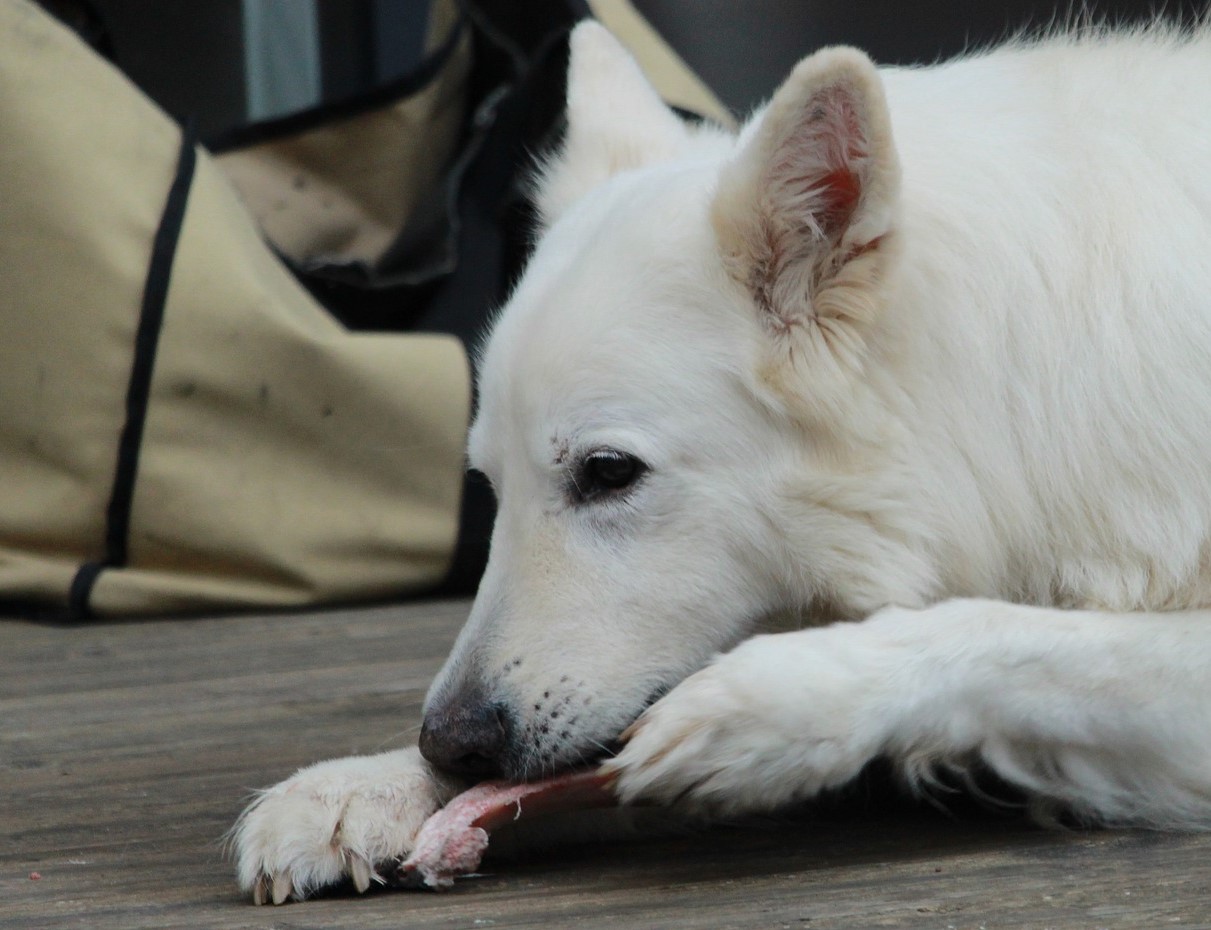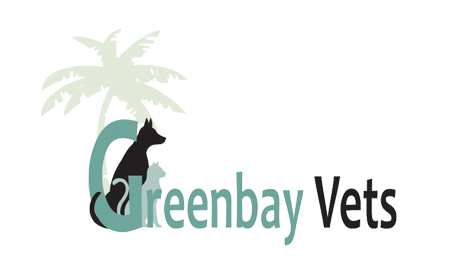
From vegan to paleo, there are a huge range of diets for people. And much like our own diets varying, the options for our pets do too. As well as traditional wet and dry commercial foods there are now a wide range of alternative foods available for your dog and cat. But are they safe? And are they as good for them as people think? The next two articles, by Laura Sproul RVN, will cover alternative types of diets out there with reliable information to help you make an informed decision on what diet is right for your dog or cat.
Raw food diets for dogs and cats
Raw diets are exactly as they sound. They are a diet that consists of raw meat and vegetables. They come in two types:
Commercial: like commercial cooked diets,these are pre-formulated, processed and then packaged ready to use. They normally come either frozen or chilled. Many raw pet food companies are under FEDIAF (European Petfood Industry Federation) /PFMA (Pet Food Manufacturers Association) membership so follow the same guidelines as other commercial diets in terms of what the diet does/doesn’t contain.
Homemade: these are diets made by you the pet owner. They are often not as nutritionally balanced. They require a lot of research and can be incredibly difficult to get right and manage. This is something we really wouldn’t recommend for your pet, unless you are getting specialist advice. It requires supplementation of some essential minerals, and also has a health risk to you as an owner due to handling raw meat.
So why do people choose raw feeding?
Well in recent years there has been a lot of opinions on the way we feed our pets and debate as to whether its good enough. One particular concern is that commercial cooked diets are full of ‘fillers’ and ‘toxins’. They do contain preservatives and antioxidants, the same as our own processed food contains. These are simply to stop spoilage, and are safe for human and animal consumption. A lot of cooked commercial diets, be them wet or dry, contain grains and cereals and some people feel that dogs and cats shouldn’t have this in their diet.
But should dog and cats eat grains and cereals? Can they digest them?
The short answer is yes. Domestic dogs have evolved over time and are no longer carnivores, they are omnivores. This means they can digest a mixture of foods. Grains and cereals provide carbohydrates to dogs in a digestible form. Using them makes pet foods more affordable. Now cats are obligate carnivores, this means they must have meat in their diet, but they too can digest carbohydrates from grains and cereals safely.
Another concern is the quality of meat in cooked diets compared to raw food. This is an easy concern to resolve. Be it a dry, wet, or raw commercial food, the meat sourced all comes from animals used in the human food chain. And while some may be more appealing parts for us to eat, they are all safe for us and our pets to consume.
So are raw diets any good?
The truth is we don’t really know. Commercial cooked diets are computer balanced. What this means is nutritionists who work for the pet food company look at the guidelines set by FEDIAF for the nutrient requirements and then with the help of computers and analysers formulate their ingredients into a suitable diet. They are then put through what they call feed trials. This means they are fed to a test group of dogs or cats, then they look at whether the diet is actually providing what they need and doing what it’s designed to do. Cooked commercial diet companies have been doing this for a long time so we have a lot of reliable data to show us whether they do or don’t work, and which kinds work better than others.
Raw diets made by companies that are members of FEDIAF are also computer balanced. But they often haven’t gone through feeding trials. Because these diets are fairly new, we don’t have a huge amount of reliable data on them. This makes it difficult for us to know if these diets are ok, which is one of the reasons why a lot of vets are hesitant to recommend them.
Now a lot of dogs and cats that eat raw foods appear to do well. There are reports of pets having better skin and coat, better stools and generally seeming well. However, this doesn’t mean the diet is actually any good for them in the long term. To put it in easy terms, some humans will appear fit and healthy living on a diet of takeaways, but we know that they aren’t balanced or necessarily good for us. That isn’t to say feeding your pet a raw diet is like you eating nothing but takeaways, it’s simply that we don’t know enough about them to say if they are good in terms of nutrition.
Another big factor to consider with raw feeding is contamination. Commercial cooked diets are cooked for the same reason we cook our own food. It kills anything nasty in the ingredients, so we and our pets don’t get sick. There have been a large number of studies in the world over the last few years on the risk of raw food containing pathogens (mainly bacteria). They found Salmonella, Campylobacter, E.coli and other common bacteria that we associate with food poisoning. Not all of these were found in the raw foods that where tested directly from packaging. Some were found being shed in the stools of animals fed on them, which has been assumed to be due to handling or storage when fed to pets. This create a risk for us too, a lot of these bacteria are easily transferable. In fact in 2017 four people became seriously ill due to handling and feeding their pets raw food. Now good hygiene and caution when handling reduces this, but the risk is something that should be considered before you use raw diets. Particular care should be taken in a household with immunocompromised individuals, or young children.
Next time, Laura will cover other alternative pet diets.
Further reading
https://www.pfma.org.uk/raw-feeding-factsheet
https://icatcare.org/tb-in-uk-cats-fed-a-commercial-raw-food-diet/
